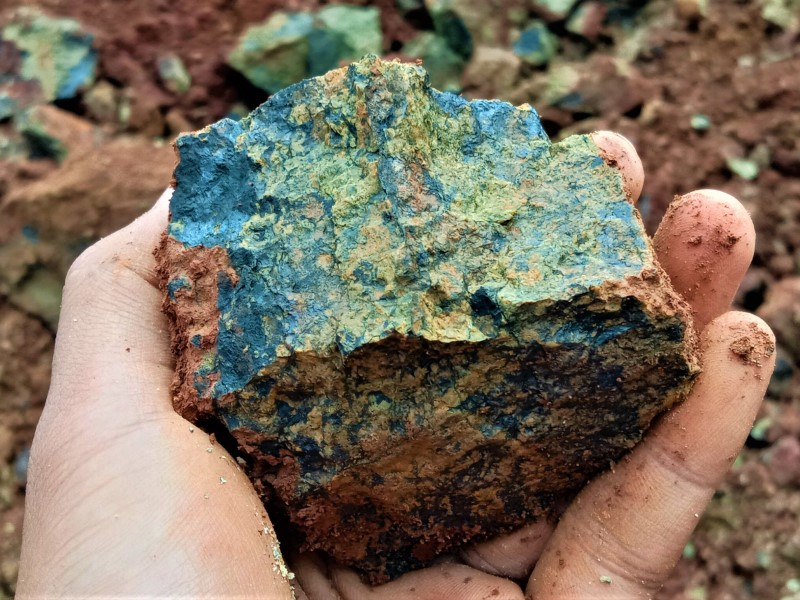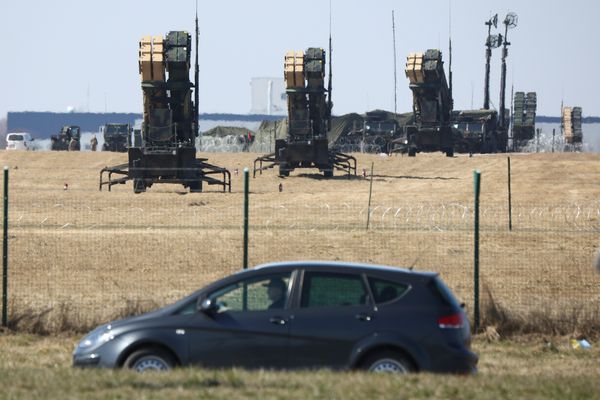Growing cost pressures and falling prices are putting the $1.8 billion Australian nickel industry at risk, threatening long-term processing and manufacturing opportunities in the battery value chain, according to a new report.
The report, released by the Western Australian Chamber of Minerals and Energy on Wednesday, reveals the industry is at a ‘critical juncture’, with five Australian nickel producers having already announced mine closures collectively representing 33 per cent of annual domestic production.
Modelling in the report, produced by economic consultancy Mandala Partners, estimates that up to 10,000 jobs are at risk of being lost, almost entirely in Western Australia. The report was released just as Mallee Resources announced the closure of its Avebury mine in Western Australia.
Nickel is currently used in four of the five battery chemistries used in electric vehicles, with that number expected to grow to nine out of ten by 2030. The metal is included on Australia’s strategic materials list, which highlights important inputs for technologies used in the global transition to net zero.
Previous estimates have put the size of Australia’s battery value chain opportunities at $17 billion by 2030, given there is sufficient industry support.

Since 2022, Nickel prices have more than halved (51 per cent), largely driven by increased output from Indonesian mines backed by Chinese investment, the report said. The South-East Asian country currently accounts for 49 per cent of global nickel output whereas Australia only accounts for five per cent.
Prices have also fallen in response to lower-than-expected demand for battery minerals as a result of global electric vehicle sales falling three per cent short of forecasts last year.
Australian nickel production costs have also been increasing in recent years, mainly driven by rising wages in the sector. Since 2019, Australian production costs have risen by 49 per cent, according to the report.
The development of a new technology for nickel laterite processing means Australian nickel is now 28 per cent more expensive to produce compared to Indonesian nickel.
In addition to a significantly less strict regulatory approval process for new mines in Indonesia, which has been particularly attractive to investment, the country has increased nickel production by 54 per cent between 2021 and 2022.
Earlier this month, in response to pressures faced by the Western Australian nickel industry, Resources minister Madeleine King held an emergency roundtable to meet with local producers to discuss policy measures that would be needed to ensure they are internationally competitive.
In the medium-term, the Australian nickel industry is expected to benefit from the United States’ Inflation Reduction Act and the Defence Production Act. As the policies drive increasing investment in US clean energy industries, demand for Australian nickel is set to increase due to requirements about the source location of mineral inputs.
However, the policies also reduce the cost of American processing, which “undercuts our domestic downstream processing industry”, according to the report.
Chamber of Minerals and Energy of WA chief executive Rebecca Tomkinson said the report adds to the growing cries for government support to keep battery minerals industries globally competitive.
“With no domestic nickel industry, Australia’s battery ambitions go out the window, along with downstream processing and our value-add place in the global supply chain. The situation is serious for lithium and other critical minerals but is acute for nickel,” she said.
“The federal government’s Critical Minerals Strategy needs to be revisited so it’s fit for purpose and actioned before it’s too late, especially when nickel, lithium and copper do not operate with the same competitive advantages as iron ore, LNG and coal.
“We cannot just assume that Australia will once again become the supplier of choice for the essential resources the world needs to decarbonise and develop more sustainably. That is simply not the reality unfolding.
“As we outlined at the industry roundtables, temporary and targeted royalty relief is an immediate action the WA Government should be considering, in addition to action on low-emissions energy supply, turnkey strategic industrial areas and streamlining end-to-end approvals processes.”







